Your Dog Isn’t Your Baby:
K-Nine Solutions Owner
Gets Real and Gets Results
Santa Barbara Dog Training Biz Has a
10-Year Record of Popularity and Success
By Tyler Hayden | Photos by Ingrid Bostrom | March 16, 2023

| Credit: Ingrid Bostrom
Read all of the entries in our “Pets & Animals, 2023 Edition” cover here.
Eric Smith tells it like it is. The owner of K-Nine Solutions doesn’t pamper the dogs he trains, and he doesn’t tiptoe around the bad habits of their owners. “A lot of clients refer to dogs as babies,” he said. “One of the first things I do is tell them to stop that. It sets them up to fail.”
As soon as a person begins to treat their dog like an animal, not like a child, Smith explained, and once they begin to communicate with the dog on its terms, not on theirs, they embark on a much happier and healthier relationship with their pet. “That’s when things start to turn around,” he said.

This is part of the philosophy and technique Smith has employed for the last decade at K-Nine Solutions, one of Santa Barbara’s most popular dog training programs that has won its category in the Independent’s annual Best Of poll for seven years running. Here we pick Smith’s brain about what makes his firm but fair approach so effective.
How did you get into this line of work? I grew up in Boston, and my dad was always a big fan of working dogs — Dobermans and German shepherds. I went into the Army when I was 22 and started working with patrol dogs. When I got out, I started working with dogs a bit. I also got one of my own. It became very aggressive toward other dogs, but I didn’t know how to deal with it — I was good at creating aggression, but I didn’t know how to stop it. So I swallowed my pride and hired a trainer.
I split my time as a photographer and as a dog trainer, and dog training won out. Ten years later, we have an awesome 6,000-square-foot facility and an incredibly talented staff. We’re bigger than I ever thought we’d be. My main focus now is to train the trainers and grow the business. The staff is really the backbone.
What makes you guys so successful? There are great trainers out there, and good people managers. We do both really well. We’re very good at teaching what we do. We tell people who come to us that it’s really about them. It’s not about the dog. The dog is the easy part.
I’ve been mentored by some of the best trainers in the country and I watched how they interacted with their clients. A lot of clients are at their wits’ end. They’re stressed out by their dogs; they’re stuck in the house; their social lives have gone down the tubes. We’re able to give them relief almost instantaneously.
What are some of the most frequent challenges you run into? Dog-on-dog aggression is a big one. We don’t get a lot of dogs that bite humans. And even when we do, it’s almost never a malicious bite. It’s a defense mechanism.

The dog-on-dog issue is often from a lack of proper socialization. People bring puppies to dog parks, but I’m not a fan of dog parks. It’s like throwing an infant to the wolves. A lot of older dogs will bully a puppy, or correct their behavior aggressively, and the puppy is in an imprinting phase. They learn to fear other dogs and when they see another one, they think, “I’m gonna get you before you get me.” At that point, the dog needs intervention and reconditioning. And the longer you put it off, the harder it is to change.
How long does reconditioning typically take? Our programs run two to six weeks. In six weeks, we can fix pretty much anything. We do what’s called “balanced training.” It uses positive reinforcement to teach a dog everything we want it to know. There’s no punishment. Once a dog demonstrates that it understands what’s expected, we do negative reinforcement, meaning taking something away. When you’re dealing with behaviors that you want to extinguish right off the bat, you can’t bribe the behavior away. You can’t love the problem away.
We don’t stick with one steadfast philosophy. Every dog is different. Just like how some people are visual learners and some people are doers. To get a dog to really understand, you need to figure out what motivates it — food, attention, toy.
We get people crying because they’re so frustrated. They think they’ve failed. We tell them, “Nope, you’ve just gotten the wrong information. You have us now, and we’ll help you.”
See kninesolutions.com.

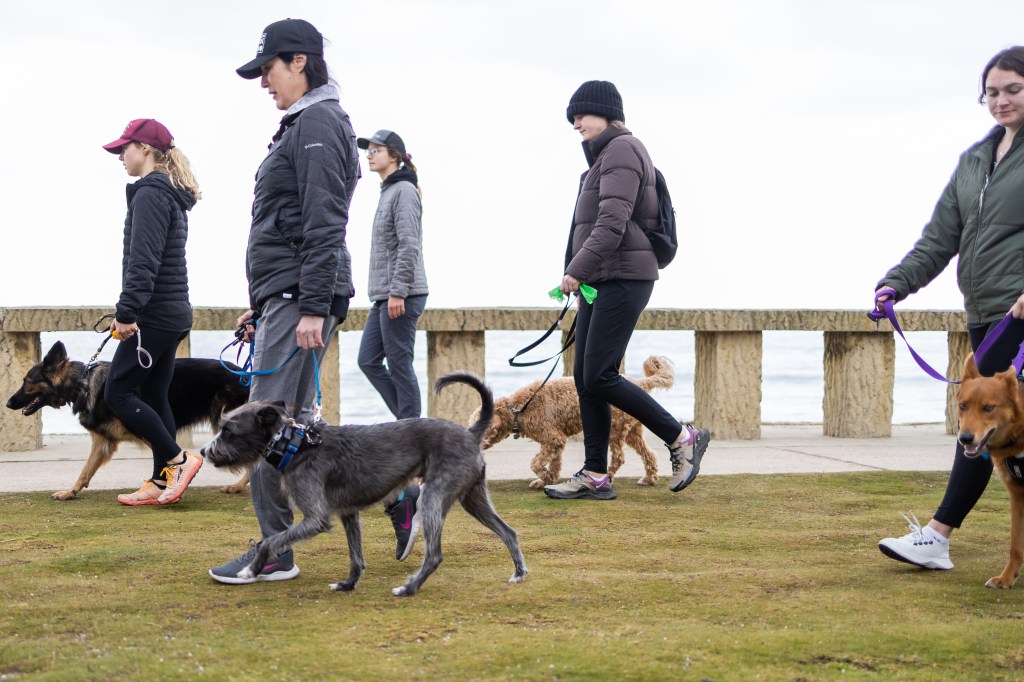

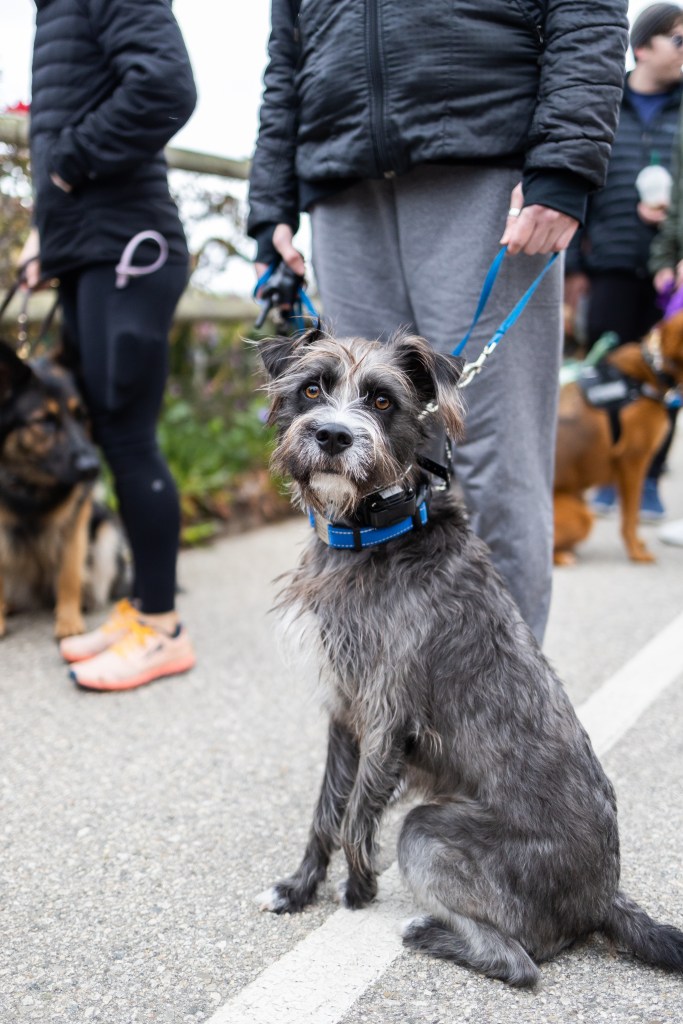
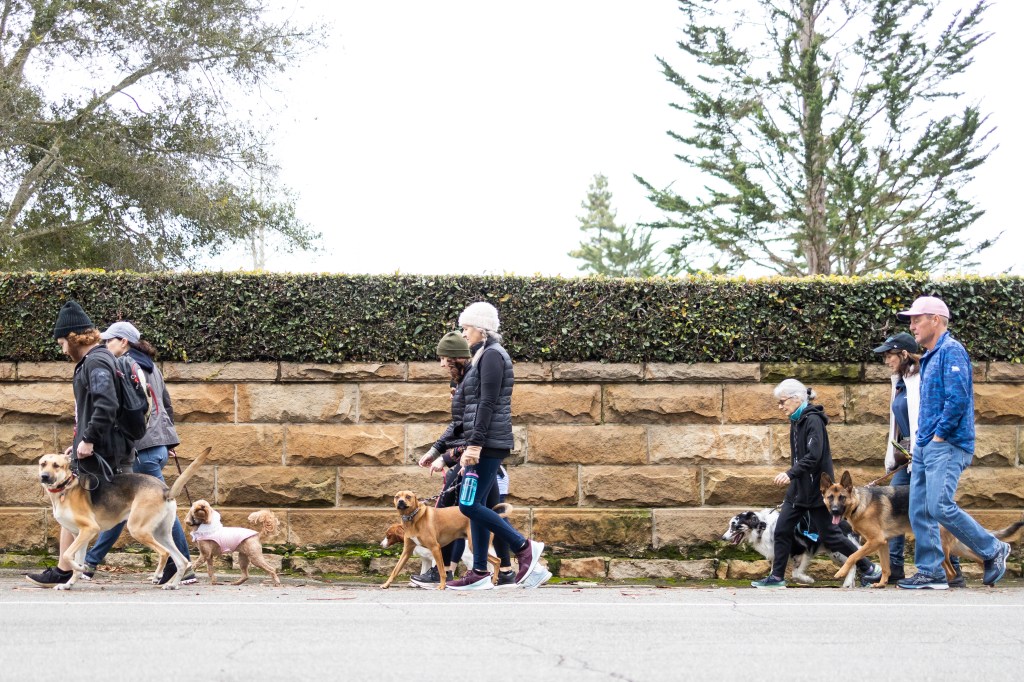
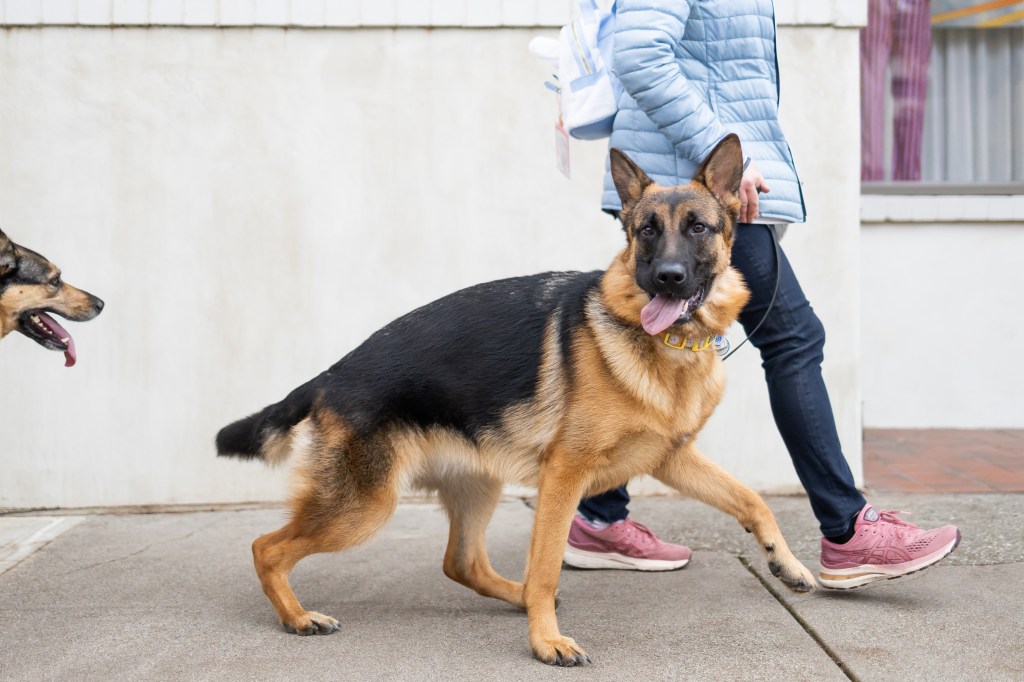
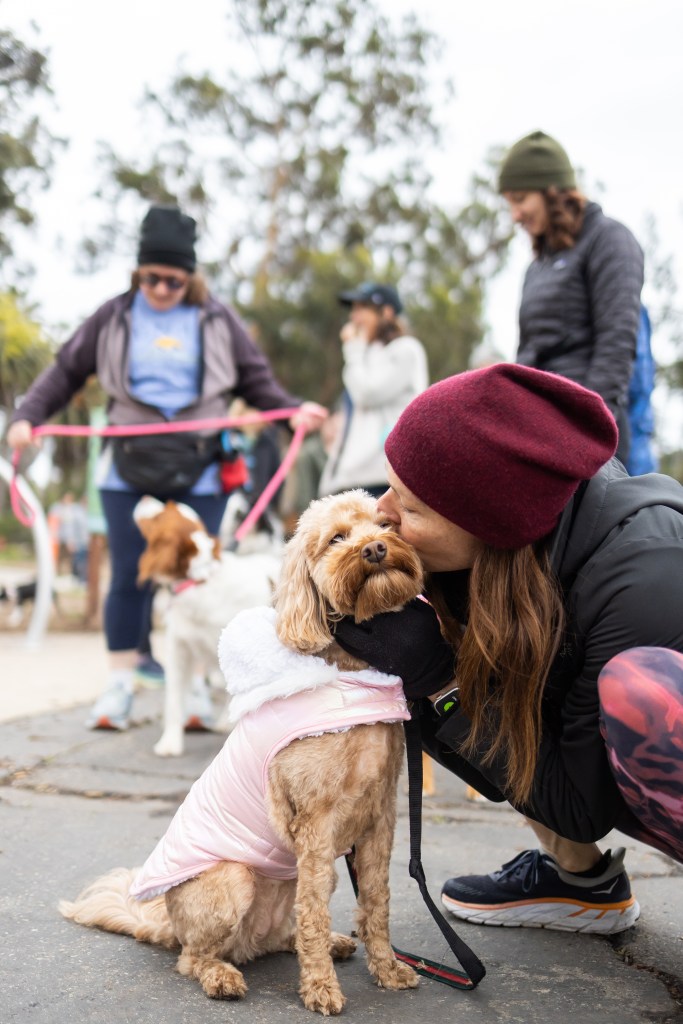
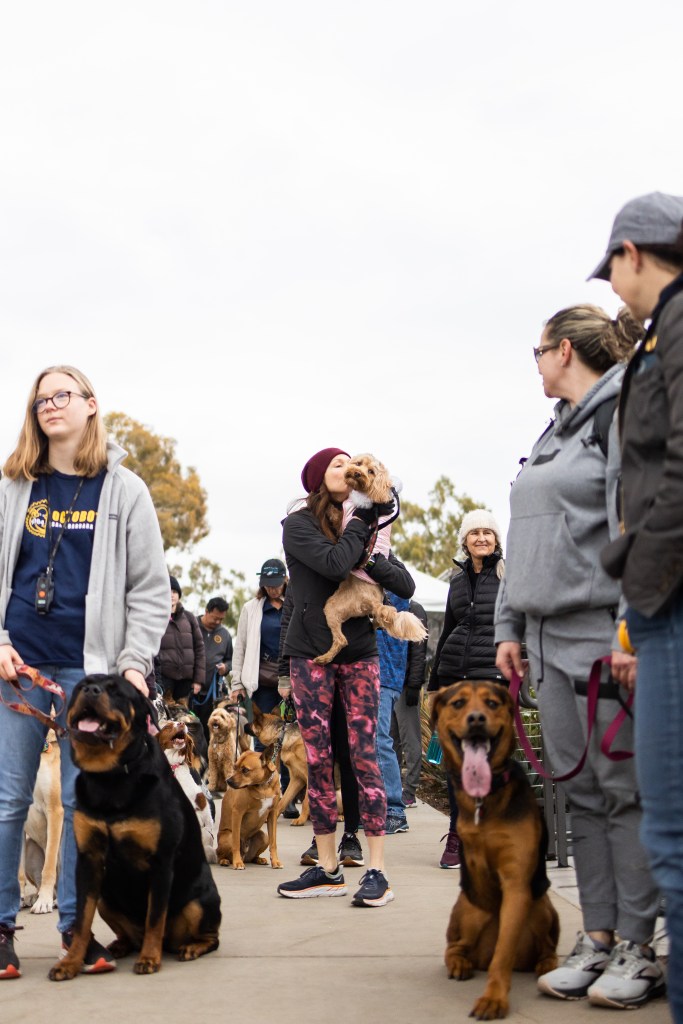



You must be logged in to post a comment.